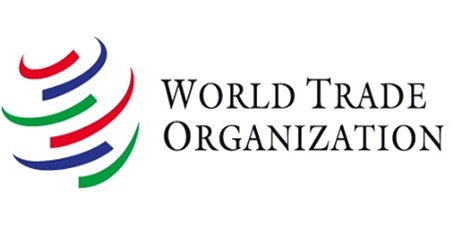At a meeting of the Trade Policy Review Body on 25 July 2018 the WTO’s Director General commented on the Trade Monitoring Report issued earlier in July 2018. The report covers the period from mid-October 2017 to mid-May 2018.
The Director General noted that 75 new trade-restrictive measures were put in place during the reporting period, representing an average of almost 11 new measures per month. This was an increase over the previous period. The Report also indicated that WTO member states implemented 89 new trade-facilitating measures, which at an average of almost 13 trade-facilitating measures per month was also an increase over the previous review period.
The total trade coverage of the import-restrictive measures is estimated at USD 85 billion while the trade coverage of the import-facilitating measures was around USD 107 billion. However the ratio between the coverage of import-facilitating measures and import-restrictive measures decreased by comparison with the previous report. This trend could damage the world economic recovery and is therefore a cause for concern.
Trade restrictive measures include new tariffs on import or exports; increases in existing tariffs; import bans or quantitative restrictions; more complex customs regulation or procedures; or restrictive changes to local content requirements. These measures may be temporary or permanent.
The world economy has begun to generate economic momentum after the financial crisis ten years ago and world trade growth increased dramatically in 2017. This could be endangered by the increase in new trade restrictive measures among WTO members. Since the end of the period covered by the latest report in mid-May 2018 there have been numerous additional trade-restrictive measures. This could represent a serious threat to economic growth and recovery worldwide and is reflected in some forward-looking trade indicators.
The report also shows that a greater number of trade concerns relating to quantitative restrictions, customs fees and safeguard measures were raised in various WTO bodies compared to the previous report. Several of the trade concerns were also raised in more than one WTO body, indicating that these concerns involve increasingly complex and cross-cutting issues.












